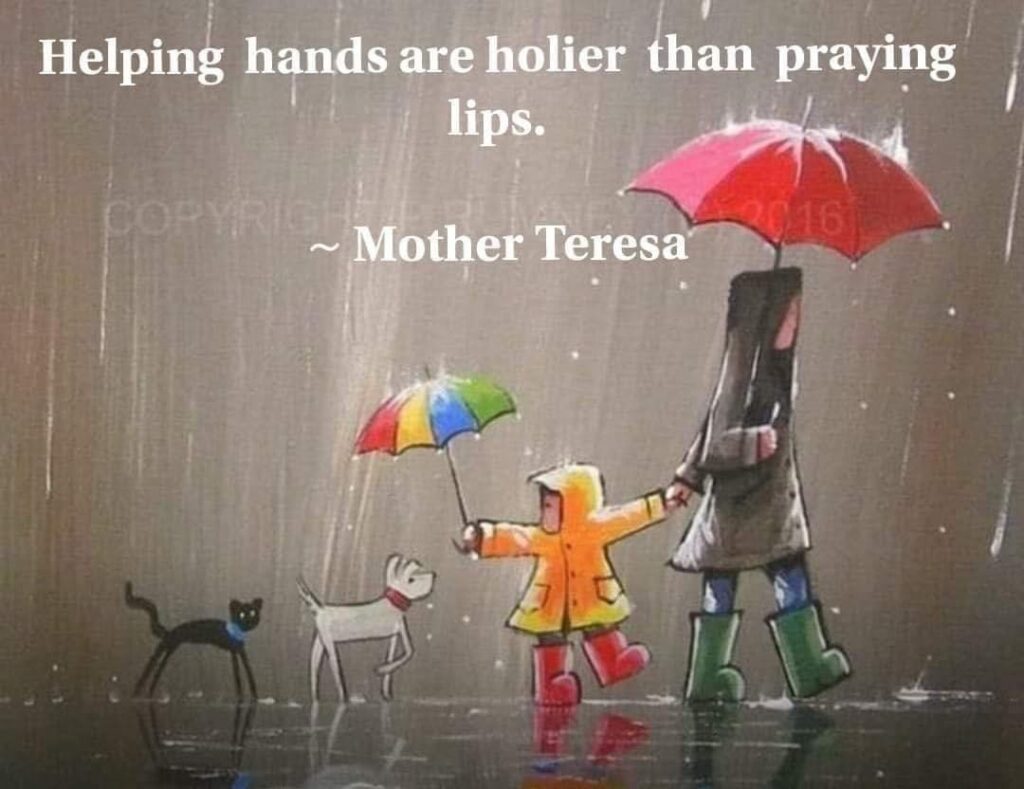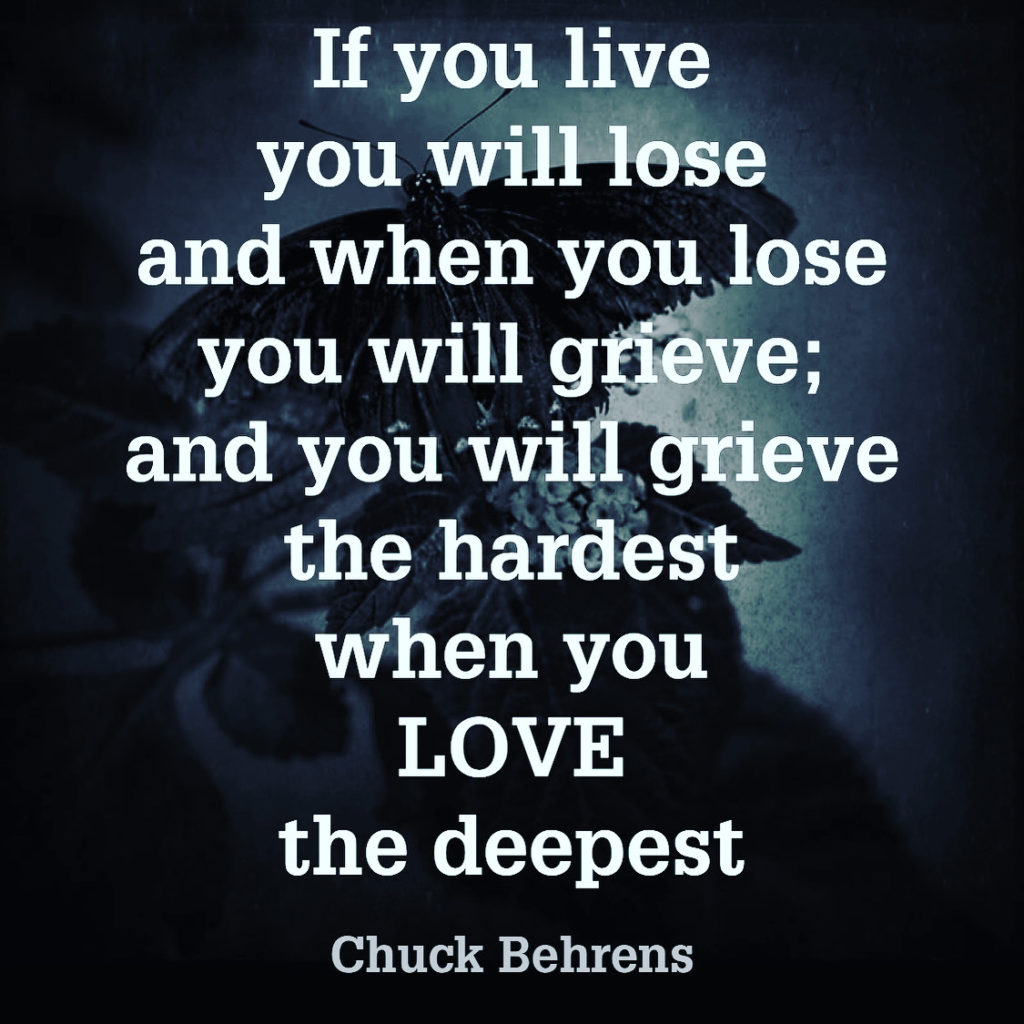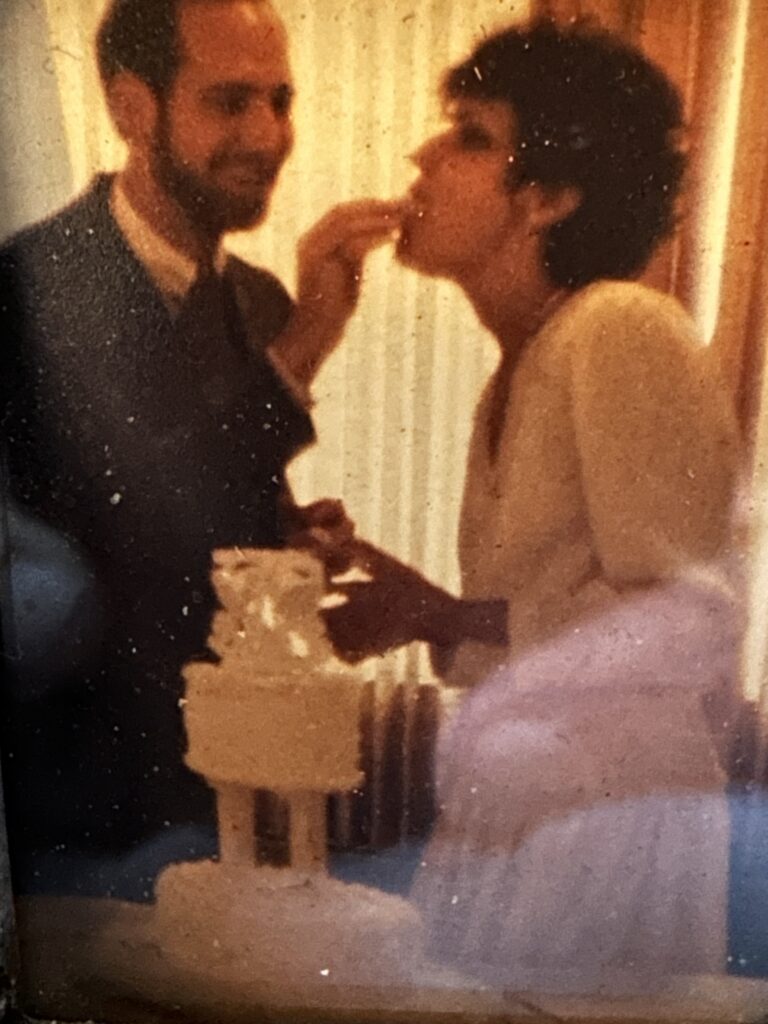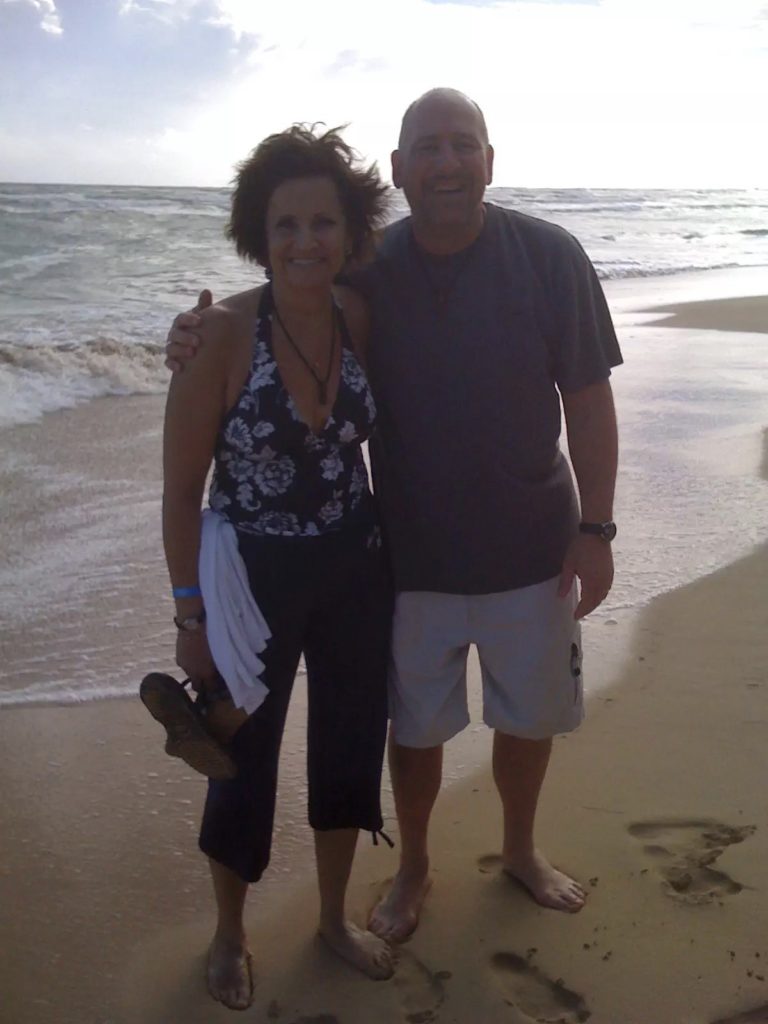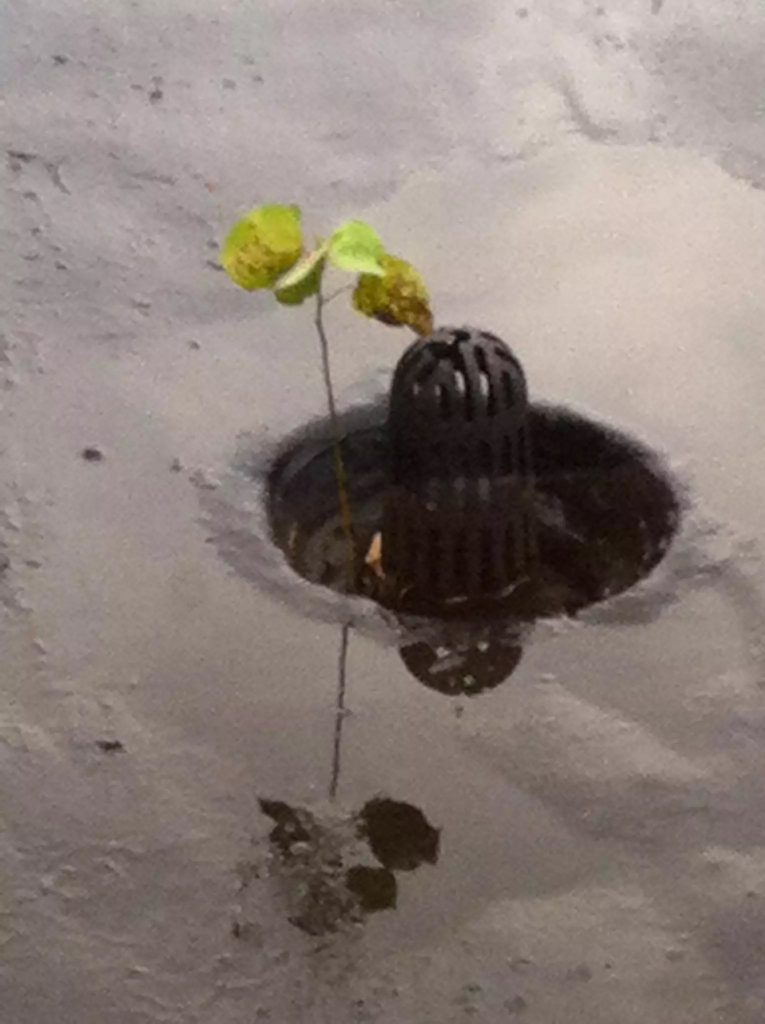A Lady asked an old street vendor: “How much do you sell your eggs for?” The old man replied“0.50¢ an egg, madam.” The Lady responded, “I’ll take 6 eggs for $2.00 or I’m leaving.” The old salesman replied, “Buy them at the price you want, Madam. This is a good start for me because I haven’t sold a single egg today and I need this to live.”
She bought her eggs at a bargain price and left with the feeling that she had won. She got into her fancy car and went to a fancy restaurant with her friend. She and her friend ordered what they wanted. They ate a little and left a lot of what they had asked for. So they paid the bill, which was $150. The ladies gave $200 and told the fancy restaurant owner to keep the change as a tip.
This story might seem quite normal to the owner of the fancy restaurant, but very unfair to the egg seller. The question it raises is;
Why do we always need to show that we have power when we buy from the needy?
And why are we generous to those who don’t even need our generosity?
I once read somewhere that a father used to buy goods from poor people at a high price, even though he didn’t need the things. Sometimes he paid more for them. His children were amazed. One day they asked him “why are you doing this dad?” The father replied: “It’s charity wrapped in dignity.”
Being A Caring Catalyst won’t cost you anything but it’ll make you richer than any lottery winning. Invest in what compounds by one kind moment to the next one and it’ll no longer be about mere facts and figures, because it’ll figure much more than any known fact. . . .
MAKE SURE YOUR CUP OF KINDNESS
IS ALWAYS FULL ENOUGH
FOR ANOTHER GULP
SO THAT OTHERS
MAY DRINK DEEPLY
WITH A QUENCHING
THAT’LL NEVER KNOW
ANY OTHER THIRST. . .
FOUND/TONIGHT
MARCH 19, 2018 was when this was first posted on YouTube and with well over 20,210,965 views I question just what boulder I’ve been living under, especially when it popped up on my YouTube feed, maybe not so randomly this past week. Hmmm.
I really like when certain things come across my YouTube feed without me trying to search for them. When I get something like this, it’s almost as if it’s a divine intervention or message that I need to hear at that time I need to hear itwhich means that as you’re reading this blog post this morning it may be the time that you need to hear or see you too; especially if you weren’t even aware of its existent much like this under the boulder dweller.
Two my favorite singers and talented, songwriters, Ben Platt, and Lin- Manuel Miranda combine to mash songs from Hamilton and Evan Hansen together…why? Not merely because it sounds good, because they want to bring a message of Hope. From what? For what? A better world? So I did a quick Google Search to get the “WHAT FOR” of this song and:
A portion of the proceeds from this record will be going to the March For Our Lives Initiative. Donate now at https://marchforourlives.com/.
WE ARE ALL IN THE SAME ORCHESTRA
PLAYING THE SAME SYMPHONY
MUCH-NESS (Continued)
John D. Rockefeller, the founder of the Standard Oil Company, the first billionaire of the United States of America and once the richest man on Earth was asked by a reporter, “How much money is enough?” He calmly replied, “Just a little bit more”
Is John D. right? Is JUST A LITTLE BIT MORE, really enough or is there ever an ENOUGH-NESS that’ll satisfy. . .When Rockefeller was asked this question he had a net worth of about 1% of the entire US economy. He owned 90% of all the oil and gas industry of his time. Compared to today’s rich guys, Rockefeller makes Bill Gates, Jeff Besos, Elon Musk and Warren Buffet look like paupers; and yet he wanted
“JUST A LITTLE MORE.”
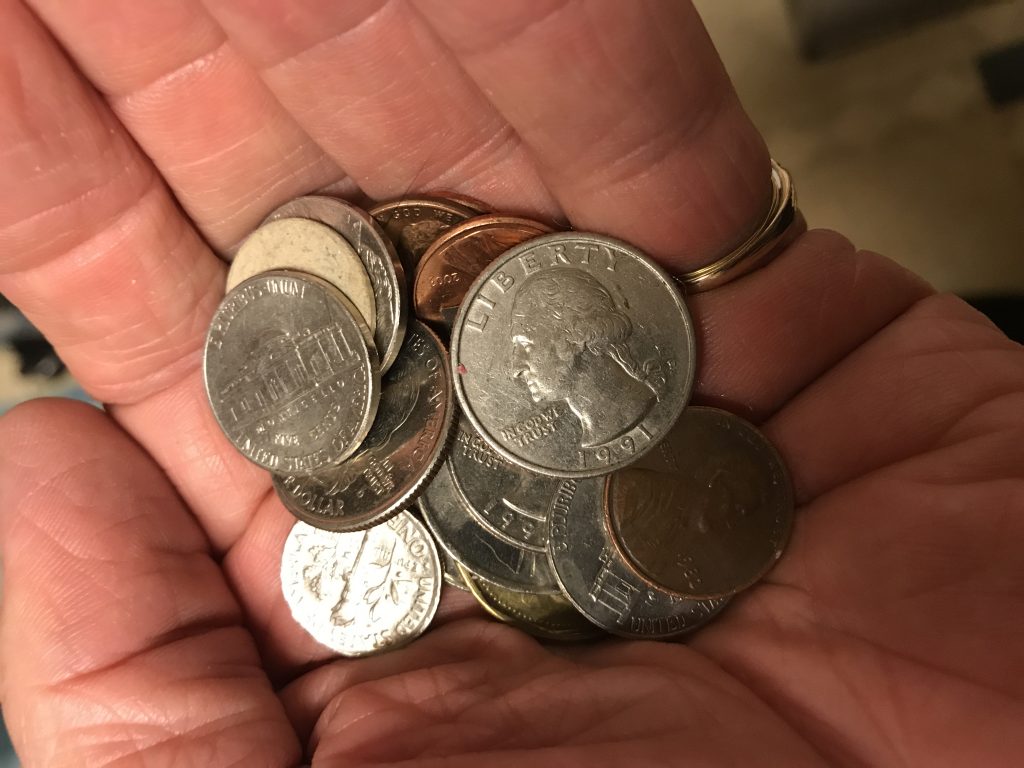 Maybe before we can know how much is ENOUGH, we’ve got to define
Maybe before we can know how much is ENOUGH, we’ve got to define
E N O U G H
. . .and dare consider
ENOUGH
is more than just an amount
(but also an attitude)
 MUCH-NESS
MUCH-NESS
HOW MUCH
is never a question
to be Asked
yet is always Answered
HOW MUCH
isn’t found in an
Enough-ness
Much-ness
is daring to Give
a More-ness
than you can expect
to ever receive in a
Getting-ness
MUCH-NESS
is when a
Giving-ness
means so much more
than a piddle Getting-ness
MUCH-NESS
takes on an unimaginable hue
that can’t be found
on a painter’s palate
but always at the end
of your Soul’s brush
waiting to paint anew
the landscape scene
that completes us all
as it becomes a
Giving-ness
eclipsing the horizon of any
Getting-nesses
. . .S O M E T I M E S
the shiny empty plate
waiting to be
SHARED
more than
PASSED
is all the
ENOUGH-NESS
necessary
I F
it’s indeed more than a
passing partaking. . .
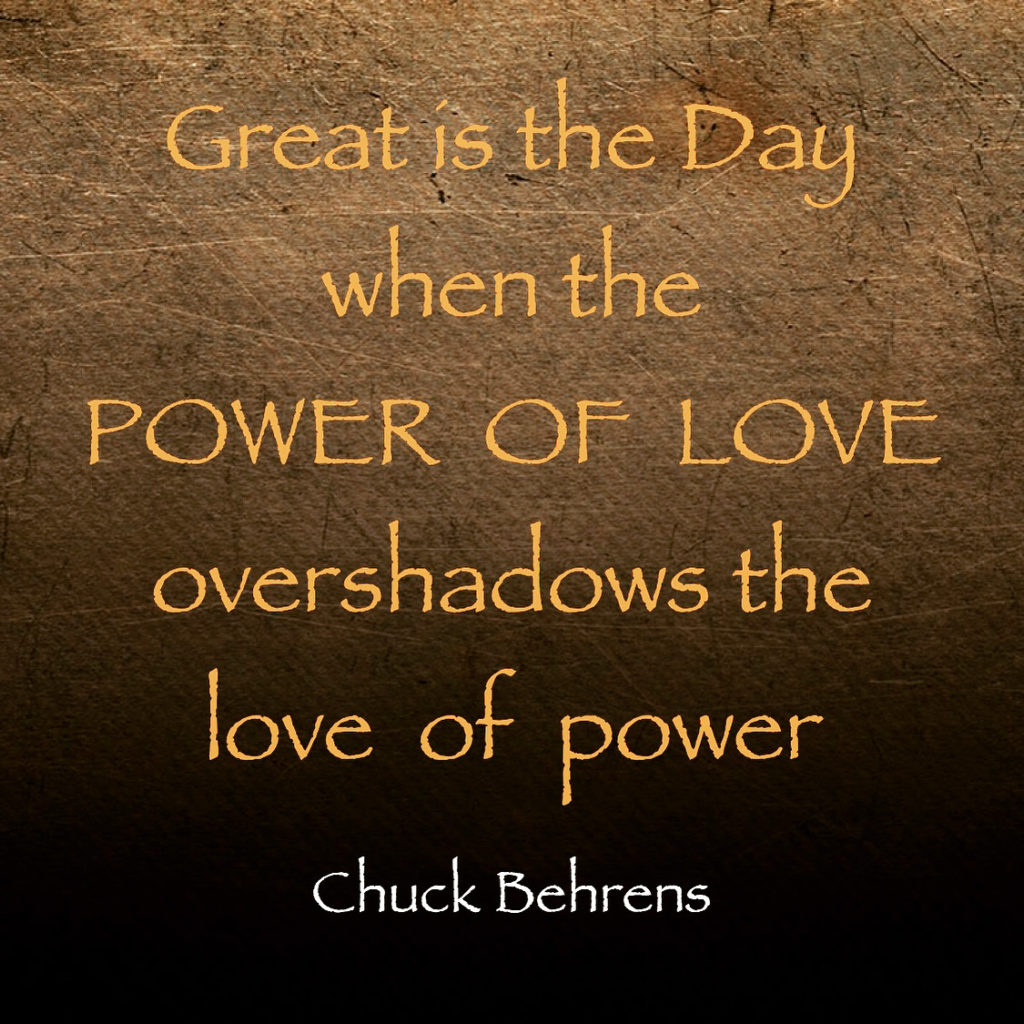 May your ENOUGH-NESS be Another’s as well. . .
May your ENOUGH-NESS be Another’s as well. . .
AFTER LIFE
Tony had a perfect life — until his wife Lisa died. After that tragic event, the formerly nice guy changed. After contemplating taking his life, Tony decides he would rather live long enough to punish the world by saying and doing whatever he likes. He thinks of it as a superpower — not caring about himself or anybody else — but it ends up being trickier than he envisioned when his friends and family try to save the nice guy that they used to know. Golden Globe winner Ricky Gervais stars in the comedy series, which he also writes and directs. Mind you, THIS IS NOT PRETTY; GRIEF seldom is and what it is during this three season hiatus is downright PROFANE at times; UGLINESS at its worst and yet deep within its TRUTH. I have shown a clip or two from this show before which makes these series of clips a little different, a little difficult and hopefully, a little more digestible for that which is most distasteful for all of us…dare I say, ENJOY. . . ?
Hmmmmmmmm. . .
Maybe like Tony, there’s been some things in our lives that make us feel like him, that
“NOT CARING is a Superpower; CARING ABOUT STUFF; THAT’S WHAT REALLY MATTERS!” but we’re not a NETLIX episode or series that we can turn off or on or yes, put on PAUSE. . .
WE ALL COME WITH EXPIRATION DATES
which means we’re one DATE closer than we’ve ever been before
BUT THE GOOD NEWS
is that we can be more kind, more loving, more compassionate than ever before because knowing
THAT WE WILL EXPIRE
also means not so much postponing the DATE
but living lovingly today. . .
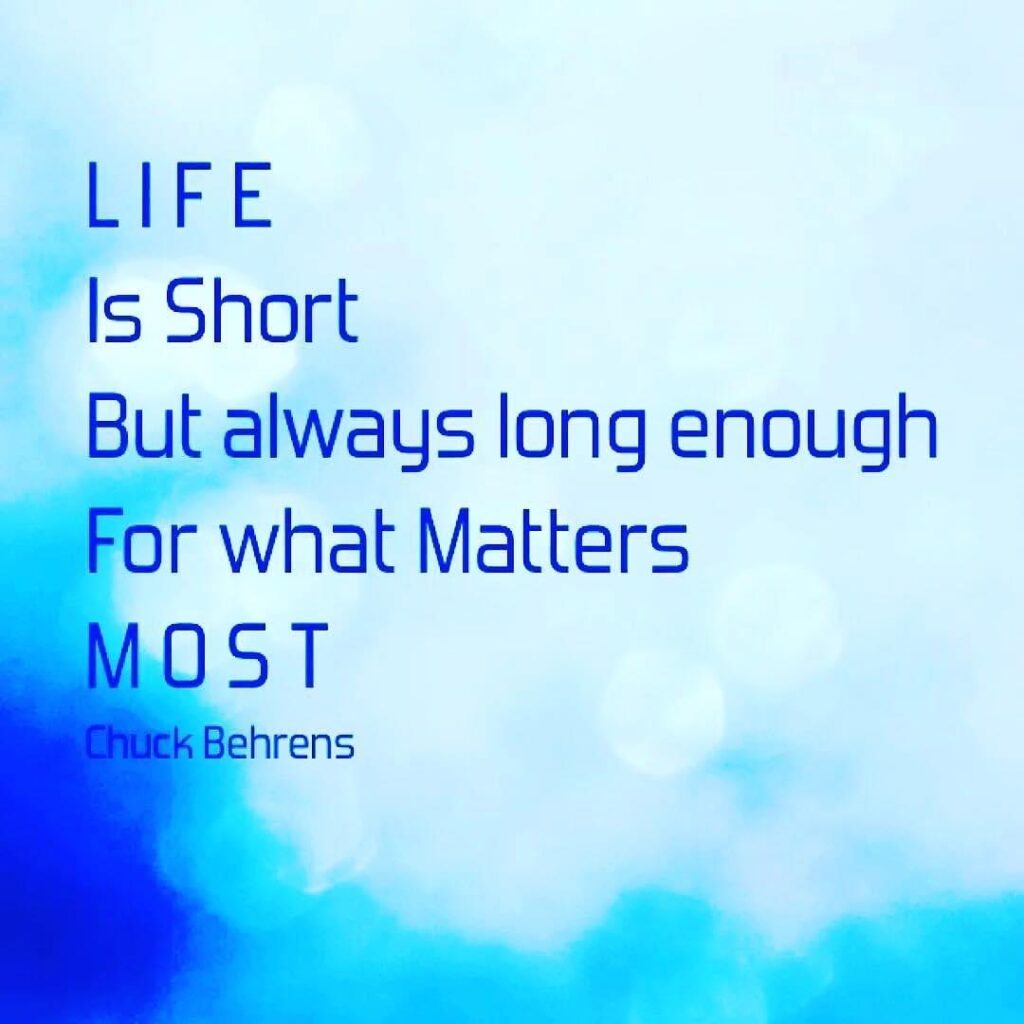 IF DEATH IS INEVITABLE
IF DEATH IS INEVITABLE
LET’S MAKE SURE OUR LOVING IS, TOO. . .
A DAY PAST FOREVER
When Erin and I got married 37 years ago tomorrow, we knew that it might be a very long shot if we would ever be old enough to make 50 years, but we also talked about it not making a difference as long as we could make our days and years count more than counting the days and the years.
37 years ago we were not the people, the couple, we are now or maybe the ones we might become in the next 13 years, but we knew way ahead of the research and the evidence-based data that what we have more than makes our days so much more than any daze. . .
Moments of Love and Connection May Help You Live Longer
A new study finds that couples who show more warmth, concern, and affection for each other live longer, healthier lives.
Hold back on the bickering. Couples who share sweet moments filled with humor and affection, and sync up biologically—two hearts beating as one—enjoy better health prospects and live longer than their more quarrelsome counterparts, suggests new UC Berkeley research.
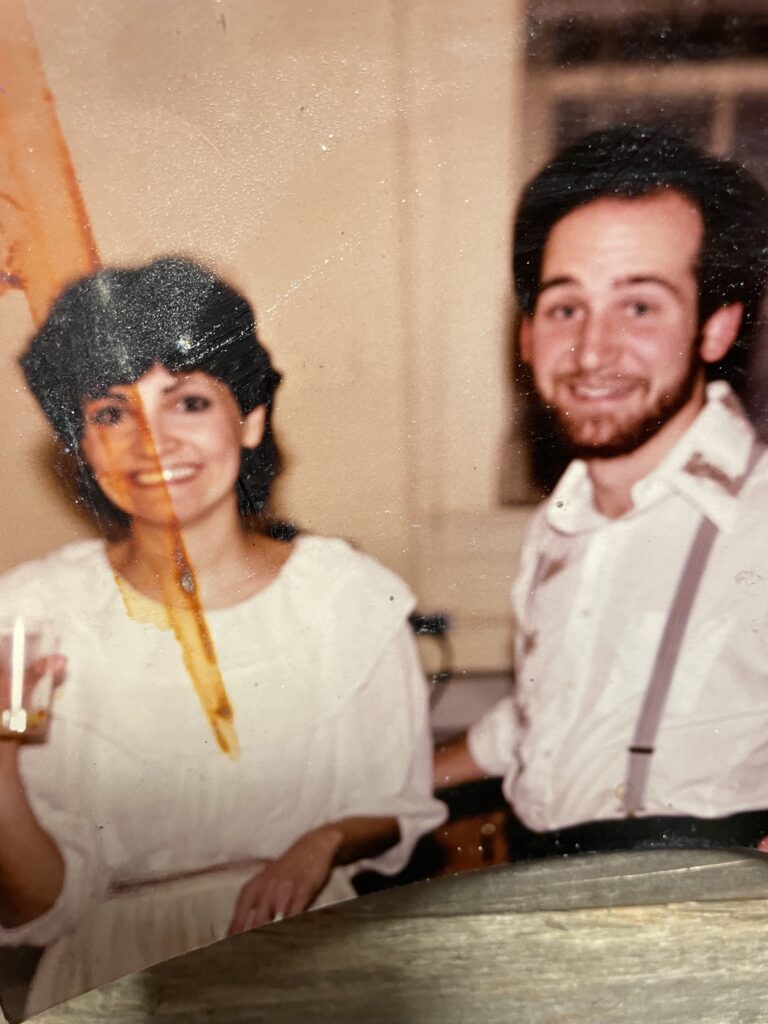 The findings, recently published online in the Journal of Personality and Social Psychology, are based on laboratory observations of 154 middle-aged and older married couples as each engaged in an intimate conversation about a conflict in their relationship.
The findings, recently published online in the Journal of Personality and Social Psychology, are based on laboratory observations of 154 middle-aged and older married couples as each engaged in an intimate conversation about a conflict in their relationship.
“We focused on those fleeting moments when you light up together and experience sudden joy, closeness, and intimacy,” said study author Robert Levenson, a UC Berkeley professor of psychology.
“What we found is that having these brief shared moments, known as ‘positivity resonance,’ is a powerful predictor of how healthy we’re going to be in the future and how long we’ll live,” he added.
Positivity resonance occurs when two people momentarily experience a mutual biological and behavioral surge of warmth, humor, and affection and achieve a sense of oneness. Fear, anxiety, and self-doubt can block this sense of connectedness.
“Couples in the study varied greatly in these measures of positivity resonance, with some couples showing dozens of moments of emotional and physiological synchrony and others showing few or none,” Levenson said.
Science of long-lasting love
These micro-moments are a key ingredient in healthy, long-lasting relationships, according to study senior author Barbara Fredrickson, a psychology professor at the University of North Carolina at Chapel Hill, and leading scholar of the science of love.
Researchers in Levenson’s Berkeley Psychophysiology Laboratory worked with Fredrickson to test the effect of positivity resonance on long-term health and longevity. They used data from Levenson’s longitudinal study that tracked the marriages of a representative sample of middle-aged and older heterosexual couples in the San Francisco Bay Area from 1989 to 2009.
Every five years, the couples came to Levenson’s Berkeley laboratory to be observed as they discussed recent events in their relationships, as well as areas of enjoyment and disagreement. They also completed questionnaires about marital satisfaction, health problems, and other issues. Just over half of the study’s original spouses are now in their 70s, 80s, and 90s. Others have died.
For this latest study, researchers meticulously coded hundreds of videotaped conversations to track the extent to which the couples exhibited positivity resonance.
“We took a fine-grained, comprehensive approach to measuring positivity resonance in couples by capturing their shared positive emotions, mutual expressions of care, and biological synchrony,” said study lead author Jenna Wells, a UC Berkeley Ph.D. candidate in clinical science.
How they conducted the study
Two different statistical models were used to predict long-term health and longevity, one that included the full range of biological and behavioral measures of positivity resonance that couples showed, and another that analyzed only their positivity resonance behaviors.
Among other factors and influences, the study controlled for health-related behaviors such as smoking, alcohol consumption, exercise, and caffeine consumption.
First, trained behavioral coders objectively rated the couples’ 15-minute conflict conversations, identifying individual and shared positive and negative emotions based on what the spouses were saying and their facial expressions, tone of voice, and body language.
Next, they identified moments of positive synchrony between the spouses based on the couples’ own recollections of how they were feeling as they watched videotapes of their conversations.
The 15-minute video recordings were then analyzed for signs of nonverbal synchrony and unconscious “mirroring,” which are gestures that signal love, caring, and connectedness, such as smiles, head nods, and leaning forward.
The researchers also identified moments in which both partners’ heart rates simultaneously slowed down or sped up when they were expressing positive emotions.
For the second part of the study, they moved to a faster coding system to rate displays of synchrony vis-a-vis mutual warmth, concern, and affection in 30-second video segments. Both statistical models indicated that higher rates of positivity resonance predicted better future health outcomes and longer lives.
“Regardless of whether we used the full range of biological and behavioral measures of positivity resonance or the single holistic measure, we found that spouses in relationships that were high on positivity resonance had milder declines in their health over the next 13 years and were more likely to still be alive after 30 years,” Levenson said.
As for how couples can apply these findings to build relationships that are filled with positivity resonance, psychologist Art Aron’s 36 questions or Barbara Fredrickson’s Love 2.0 might be good places to start, Levenson said.
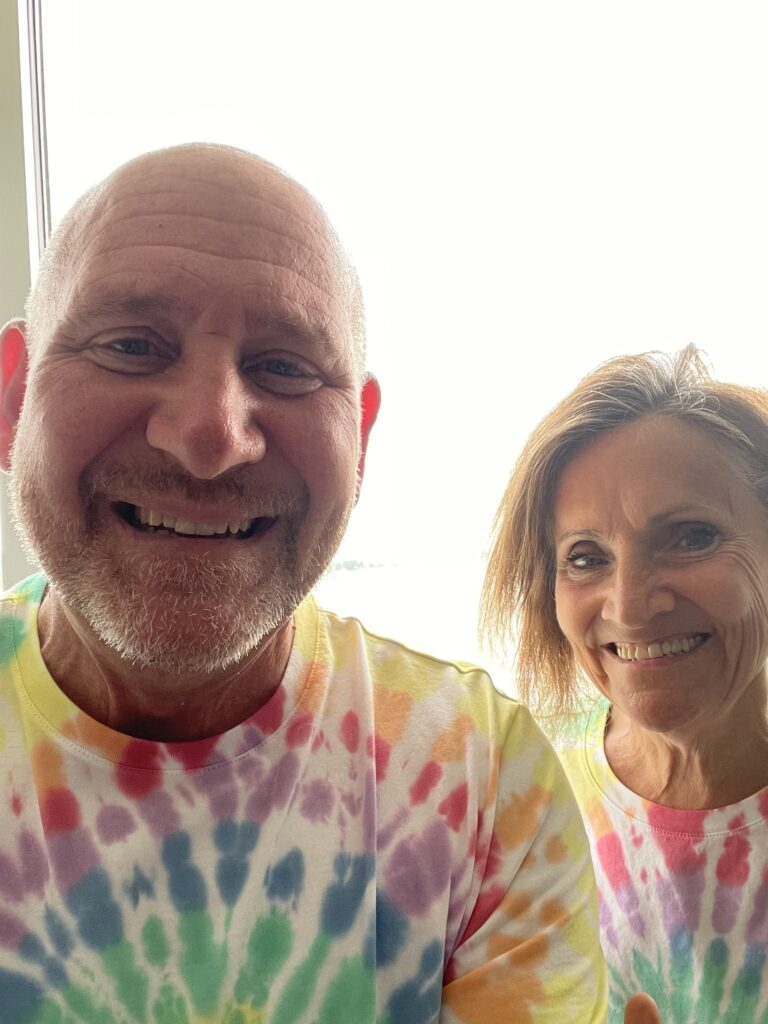 We know about how it takes a village to not just raise a child, but also to support and enrich each of us. We all have the capacity to be better Caring Catalysts and without a doubt, the world desperately needs that from each of us. There is no Caring Catalyst in me without Erin. She is not my better half. Erin is my 90% because everything I am and do, she makes better and more, an excellent motivation to be better. . .
We know about how it takes a village to not just raise a child, but also to support and enrich each of us. We all have the capacity to be better Caring Catalysts and without a doubt, the world desperately needs that from each of us. There is no Caring Catalyst in me without Erin. She is not my better half. Erin is my 90% because everything I am and do, she makes better and more, an excellent motivation to be better. . .
I severely love how our Each makes our Other
Our Better makes up for any Worse
Our Richer banishes Poornessess
Our Sicknesses can’t compete with our well-beingnesses
because our love and cherishings
only has one goal:
To last one moment past a For Everness. . .
(or any calendar every created)
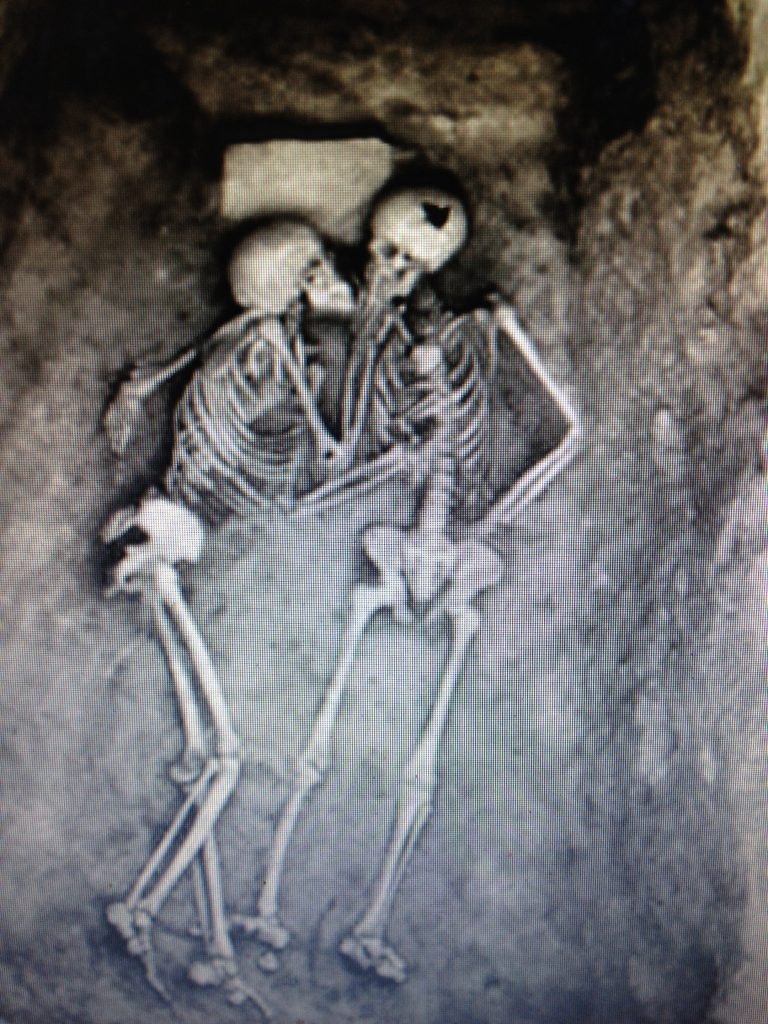
THE STORY OF MY LIFE
So here’s the deal, this is the week of Erin’s and my anniversary.
37 Years
on Thursday
(and counting)
All three of my Blog posts this week will center around
ANNIVERSARIES
RELATIONSHIPS
OTHERNESS
that can never be achieved as a Solo Flier. . .
And though you may feel like getting an extra order of hotcakes
(with all of the syrup flowing)
just grab another cup of coffee
or a cold glass of iced-tea
and spend some intentional moments
with ONE
who makes moments Momentous. . .
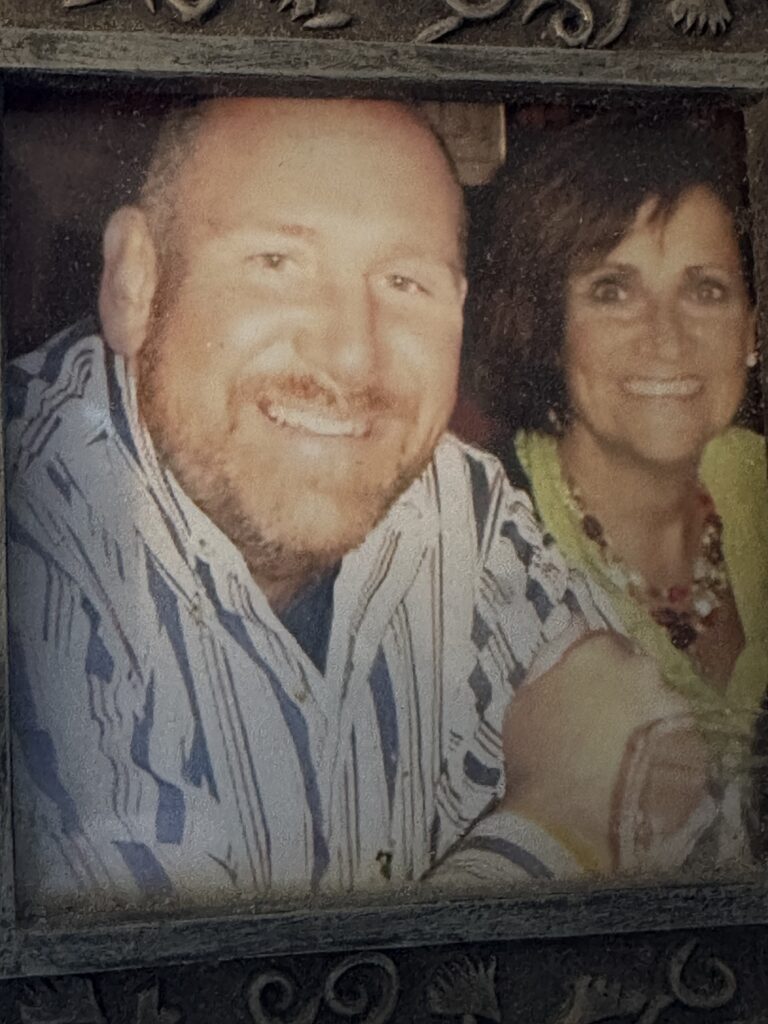 AND FOR THE RECORD:
AND FOR THE RECORD:
THERE’S NEVER ENOUGH SYRUP. . .
KEEP IT FLOWING
BEYOND RELATIVITY
When Albert Einstein met Charlie Chaplin in 1931, Einstein said, “What I admire most about your art is its universality. You do not say a word, and yet the world understands you.”
“It’s true.” Replied Chaplin, “But your fame is even greater. The world admires you, when no one understands you.”
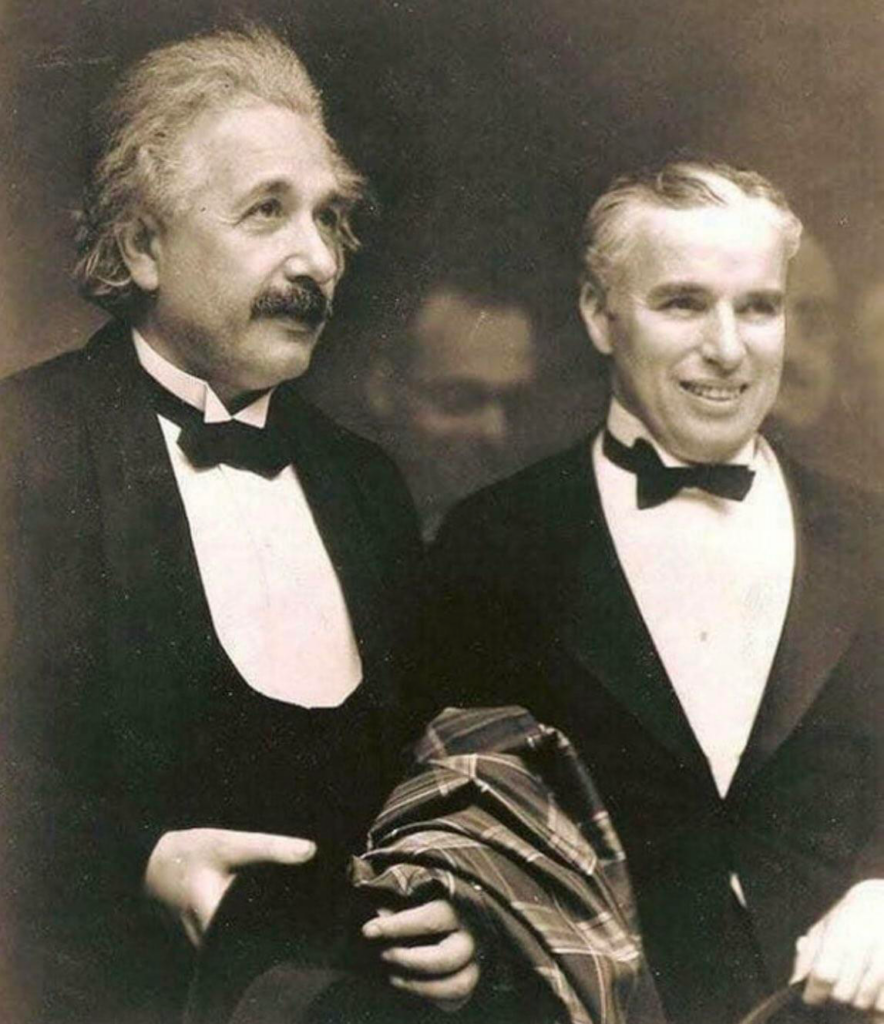 BEYOND RELATIVITY
BEYOND RELATIVITY
is not BEING a Caring Catalyst. . .
IT IS MAKING SOMEONE FEEL LIKE
THEY ARE IN THE PRESENCE OF ONE
WITHOUT SAYING A WORD
OR FULLY UNDERSTANDING
HOW YOU CAN MAKE THE HAIR STAND UP ON THEIR ARMS
AND TINGLE LIKE IN NO OTHER WAY
just by how you treat them
Pssssssssssssssssssssssssssssssssssssssst:
NEWS FLASH
It
Ain’t
ROCKET SCIENCE
(It can readily be proven but seldom is. . .CHANGE THAT!)

LIGHTING EACH OTHER HOME
This is a story I first heard from the gifted storyteller Laura Packer. I can’t say where it originated. I keep retelling it in my own way, because the world keeps needing to hear it.
In the beginning, there was only light and dark. During the day, the sky was bright white. No clouds, no blue. Just white. At night, the sky was completely black. No stars, no moon. Just black. And because this was the way the world was, you always stayed home. If you were ever caught far from your village when the sky went dark, you were never heard from again.
So, folks lived their entire lives in the same place, with the same people. And while they said they were happy living this way, in their heart of hearts they longed to see what they couldn’t see, to meet the people they suspected were out there but couldn’t meet. Yet they accepted that this was how the world was and would always be.
Then a certain girl came into the world. And this girl loved the world so much! During the white-sky hours, she’d explore and play as she wandered with her mother, gathering food for the family. In the black-sky hours, she’d listen to her father’s stories about the sights he saw while hunting around the village.
Each night, before she fell asleep, she’d say to her mother, “Mama, I want to visit other places. Please, will you take me? Can we go?”
And every night, her mother would say, “Oh, honey—we can’t! It isn’t safe. The world’s too dark. We’d get lost and never return!”
But you know how children are—how their dreams can creep into your heart and become your dreams too. So one night, when the girl asked, for the gazillionth time, “Mama, can we go? Please?” the woman said, “I’ll think about it.”
And she did. She thought for days as she gathered grasses and roots and berries to eat. She thought as she sat talking with the other women and as she listened to her husband’s stories. She thought as she wove reeds into baskets and thatched the roof of their house.
Then one night, while sitting with her family, gazing into the fire, she had an idea.
She got up and mixed water and clay. She made a pot from the mud. Then she made a lid for the pot. She placed these things in the fire and baked them until they were as hard as stone.
When the fire began to die out, she scooped up a potful of embers and covered it with the lid. She then lay down beside her daughter.
“Mama, can we go? Can we go?” the girl asked.
“I’m still thinking,” the mother said.
In the morning, the woman lifted the lid to look inside the pot. The embers were still glowing red. So that night when her daughter said, “Please, Mama, please—are you done thinking? Can we go?” the woman said, “Yes, in the morning we will go.”
As soon as the sky was white again, the mother and daughter packed up as much food and water as they could carry. They said their goodbyes. Then the woman took up her pot full of embers, and the two of them started walking.
They walked and they walked until the sky started to turn black. They stopped then and collected a pile of twigs and sticks. The mother poured out her embers on them. Soon they had a blazing fire. And when the sky was black-black, they sat around their fire, huddled as close as they could. From the darkness beyond their little ring of light came the growls and the howls of prowling animals. Just before they fell asleep, the mother put some live coals from the fire into her pot.
They woke up when the sky was white again. The woman dropped a few twigs into the pot to feed the embers. Then she and her daughter began to walk under the white-white sky. They sang and they told stories.
Just before the world went black-black again, they built another fire. They huddled close, listening to the night sounds and watching the sparks fly up.
Then the woman had an idea.
With the pot lid, she scooped up some coals from the fire. Then she flung them toward the sky, as far as she could. She was very strong, and those embers flew higher and higher until they stuck fast in the black.
And it was very good.
So the woman tossed up another lid-full of embers, this time back in the direction of their village. And those embers also stuck to the black.
Now her daughter wanted to try. Even she could send those embers flying. Before long, the way home was twinkling over half the sky.
Morning after morning, the mother and daughter continued their journey. And every night, they would cast more embers up into the sky, which was still black-black yet now sparkling as it never had before. The mother and daughter knew they’d never get lost.
After weeks of walking, they reached a village. The people there were astonished to see them.
“How did you get here?” they asked. “How did you not vanish in the dark nights?”
And the woman and her daughter showed the villagers the pot of coals. As soon as the world went black, they pointed out the path they had taken across the night sky.
“Throw some embers from your fires into the sky,” the woman told the villagers.
“Here,” her daughter said, “use the lid of our pot.”
And the villagers did.
The next day, the mother and daughter moved on. As they went, they always painted a shimmering path above them. And everywhere they went, they taught the people they met how to toss embers from their fires into the night sky.
So it is that we learned to light the way home for one another.
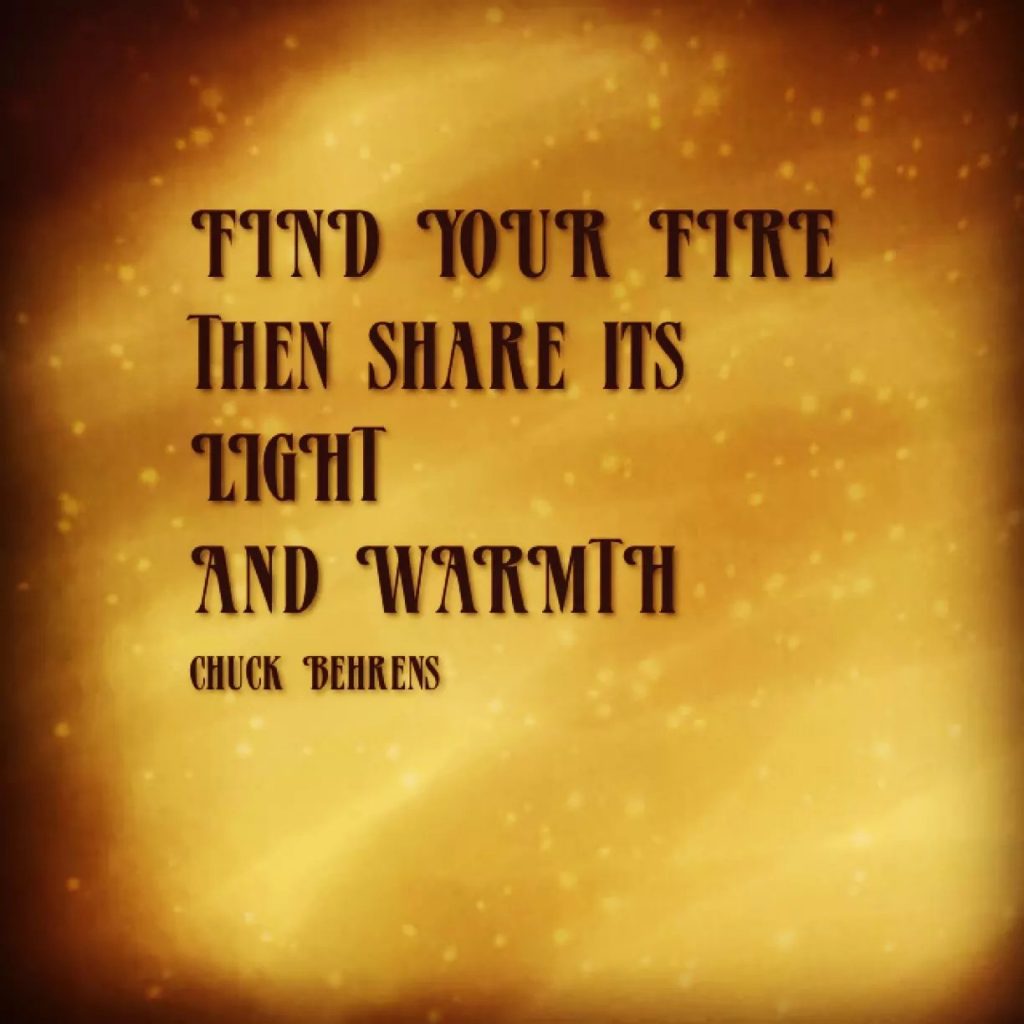
PROTECTED PRESENCE
It seems like it’s raining no where you happen to be in the World and even if the sun is shining, it’s a kind of rain that produces no rainbow, at least none with any ohhhh/ahhhhh breath-taking-stop-your-car-on-the-side-of-the-highway-take-a-bad-picture-kind-of-a-Rainbow; and at best if there’s anything good that can come from this kind of rain is someone willing to share their umbrella to hold space, to provide a protected presence that’s not so willingly given and even harder, at times, to accept.
Yeah, that kind of presence
For the past couple of years, one of the most requested presentations I do is called, HOLDING SPACE–WALKING EACH OTHER HOME, and like any of the presentations I’ve ever done, though done dozens of times, not one has ever been done the same way, twice. . .on purpose. That’s why I never PowerPoint or do hand-outs because even in the middle of a presentation I might tell a story, share a poem, provide an intervention that I haven’t done in previous presentations or may be in any future one to come.
And that’s how it was last night for the HOLDING SPACE presentation where not only CEU’s were provided for nurses and social workers, but oh yes, dinner was served with unlimited amounts of wine. I couldn’t resist encouraging the group that they more they drank, the better I would sound and then, the magic took place. I talked, and they did more than simply listen; THEY HELD MY SPACE, which I highly complemented them because the greatest presentation, I’ve always believed and strived to achieve, is not the one that’s told or heard, but the one that’s experienced.
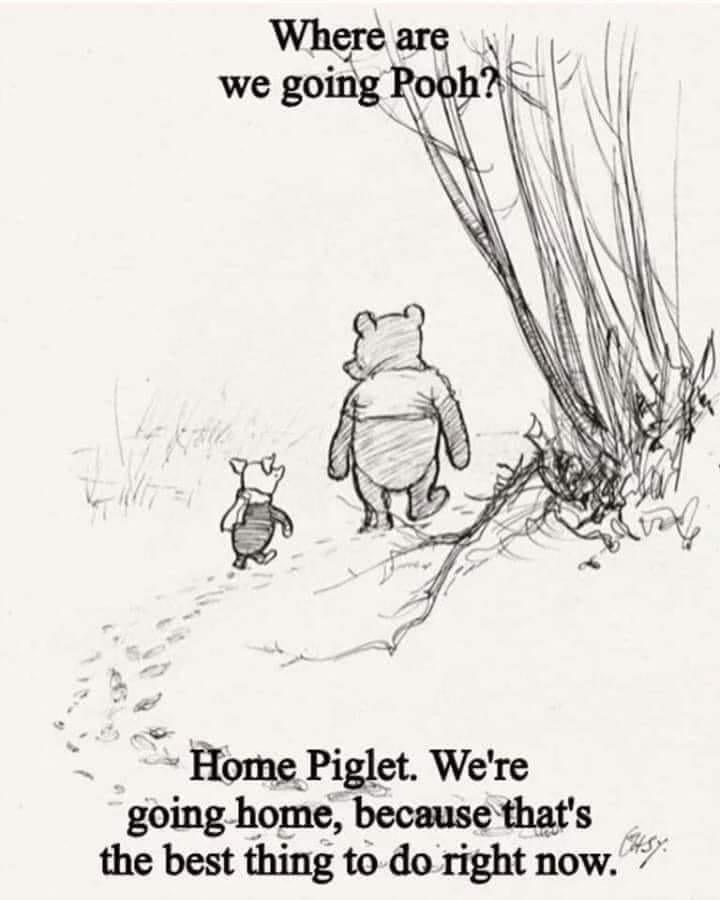 Out of the new differences I added to this presentation was the following poem by Ellen Bass
Out of the new differences I added to this presentation was the following poem by Ellen Bass
IF YOU KNEW
Ellen Bass
What if you knew you’d be the last
to touch someone?
If you were taking tickets, for example,
at the theater, tearing them,
giving back the ragged stubs,
you might take care to touch that palm,
brush your fingertips
along the life line’s crease.
When a man pulls his wheeled suitcase
too slowly through the airport, when
the car in front of me doesn’t signal,
when the clerk at the pharmacy
won’t say Thank you, I don’t remember
they’re going to die.
A friend told me she’d been with her aunt.
They’d just had lunch and the waiter,
a young gay man with plum black eyes,
joked as he served the coffee, kissed
her aunt’s powdered cheek when they left.
Then they walked half a block and her aunt
dropped dead on the sidewalk.
How close does the dragon’s spume
have to come? How wide does the crack
in heaven have to split?
What would people look like
if we could see them as they are,
soaked in honey, stung and swollen,
reckless, pinned against time?

Just a few months ago when I was the last speaker at a workshop, I literally wrote the following poem, waiting for my turn to present the HOLDING SPACE talk. . .uh, yeah, I added it that talk and last night’s one as well:
PROTECTED PRESENCE
and I’ve lost a lot of my pieces
I don’t exactly remember when I
Humpty-Dumptied if off the wall
No recollection of all the Kings men
and all of the horses they rode in on
But I know. . .ohhh how I know
How I’ve not been put back together again
and when you dare to
provide protective presence
and choose to hold me
It’s not so much of an Embrace
as a specific piece that never existed
You’ve brought to me
A wholeness I’ve not known
but now never want to forget
or ever want to be without

Y O U
held my space
and just like that
you made me feel
a little closer to home
just by walking me
through this blog post. . .

Y O U
A RESURRECTION MANIFESTO
Manifesto: The Mad Farmer Liberation Front
by Wendell Berry
Love the quick profit, the annual raise,
vacation with pay. Want more
of everything ready-made. Be afraid
to know your neighbors and to die.
And you will have a window in your head.
Not even your future will be a mystery
any more. Your mind will be punched in a card
and shut away in a little drawer.
When they want you to buy something
they will call you. When they want you
to die for profit they will let you know.
So, friends, every day do something
that won’t compute. Love the Lord.
Love the world. Work for nothing.
Take all that you have and be poor.
Love someone who does not deserve it.
Denounce the government and embrace
the flag. Hope to live in that free
republic for which it stands.
Give your approval to all you cannot
understand. Praise ignorance, for what man
has not encountered he has not destroyed.
Ask the questions that have no answers.
Invest in the millennium. Plant sequoias.
Say that your main crop is the forest
that you did not plant,
that you will not live to harvest.
Say that the leaves are harvested
when they have rotted into the mold.
Call that profit. Prophesy such returns.
Put your faith in the two inches of humus
that will build under the trees
every thousand years.
Listen to carrion — put your ear
close, and hear the faint chattering
of the songs that are to come.
Expect the end of the world. Laugh.
Laughter is immeasurable. Be joyful
though you have considered all the facts.
So long as women do not go cheap
for power, please women more than men.
Ask yourself: Will this satisfy
a woman satisfied to bear a child?
Will this disturb the sleep
of a woman near to giving birth?
Go with your love to the fields.
Lie easy in the shade. Rest your head
in her lap. Swear allegiance
to what is nighest your thoughts.
As soon as the generals and the politicos
can predict the motions of your mind,
lose it. Leave it as a sign
to mark the false trail, the way
you didn’t go. Be like the fox
who makes more tracks than necessary,
some in the wrong direction.
Practice resurrection.

DEATH AWAKENINGS
I went to sleep
and never woke up
A-lay-me-down-to-sleep-can’t-stay-
awake-anymoreness-kind-of-sleep
To a not all-that-well-to-known-
kind-of-Hereness
And it wasn’t an Okaynessability
or an Alrightynessity
but an Is-ie-ness
A never-not-to-be be-unknowability
that makes any new day
A Death Awakening
An Infinity
not a new Reality
sleeplessly Forevernity

DO MORE THAN LOOK. . .
SEE
NOTICE
RECOGNIZE
R E S U R R E C T
- « Previous Page
- 1
- …
- 24
- 25
- 26
- 27
- 28
- …
- 44
- Next Page »
